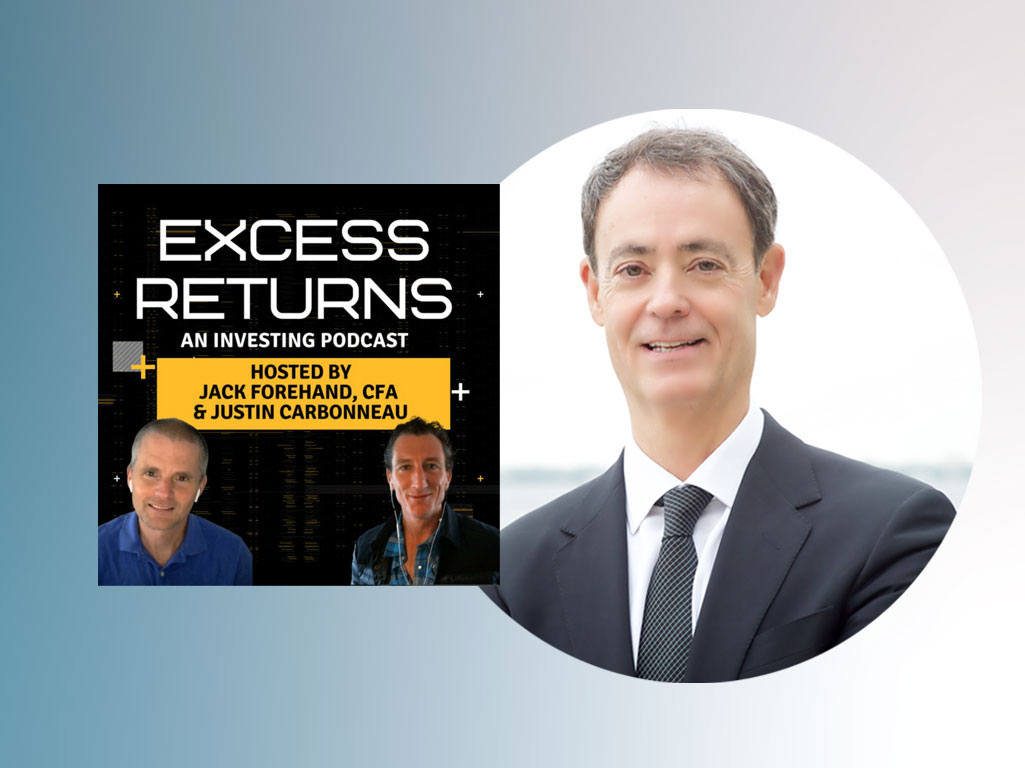IMPORTANT INFORMATION:
Before investing you should carefully consider the Fund's investment objectives, risks, and charges and expenses. This and other information is in the prospectus. Please read the prospectus carefully before you invest.
Click here to view the ETF's top holdings. Holdings are subject to change.
Commodities Risk: Exposure to the commodities markets may subject the fund to greater volatility than investments in traditional securities.
Commodity-Linked Derivatives Tax Risk: The tax treatment of commodity-linked derivative instruments may be adversely affected by changes in legislation, regulations, or other legally binding authority. As a regulated investment company, the fund must derive at least 90% of its gross income each taxable year from certain qualifying sources of income under the Code.
Commodity Pool Regulatory Risk: The fund’s investment exposure to futures instruments will cause it to be deemed to be a commodity pool, thereby subjecting the fund to regulation under the Commodity Exchange Authority and Commodity Futures Trading Commission rules.
Counterparty Risk: Counterparty risk is the likelihood or probability that a party involved in a transaction might default on its contractual obligation. Where the fund enters into derivative contracts that are exchange-traded, the fund is subject to the counterparty risk associated with the fund's clearing broker or clearinghouse.
Cryptocurrency Risk: From time to time, the fund may have market exposure to cryptocurrencies, which are often referred to as a "virtual currency" or "digital currency" and operate as a decentralized, peer-to-peer financial exchange and value storage that can be used like money.
Currency Risk: The risk that changes in currency exchange rates will negatively affect securities denominated in and/or receiving revenues in foreign currencies.
Derivatives Risk: Derivatives are financial instruments that derive value from the underlying reference asset or assets, such as stocks, bonds, commodities, currencies, funds (including ETFs), interest rates, or indexes.
Foreign Securities Risk: The fund may invest in foreign securities. Such investments involve certain risks not involved in domestic investments and may experience more rapid and extreme changes in value than investments in securities of U.S. companies.
Illiquid Investments Risk: The fund may, at times, hold illiquid investments, by virtue of the absence of a readily available market for certain of its investments, or because of legal or contractual restrictions on sales.
Leverage Risk: The derivative instruments in which the fund may invest provide the economic effect of financial leverage by creating additional investment exposure to the underlying instrument, as well as the potential for greater loss. If the fund uses leverage through purchasing derivative instruments, the fund has the risk that losses may exceed the net assets of the fund.
New Fund Risk: The fund is a recently organized management investment company with no operating history. As a result, prospective investors do not have a trackrecord or history on which to base their investment decisions.
Non-Diversification Risk: Because the fund is "non-diversified," it may invest a greater percentage of its assets in the securities of a single issuer or a smaller number of issuers than if it was a diversified fund.
Short Sales Risk: In connection with a short sale of a security or other instrument, the fund is subject to the risk that instead of declining, the price of the security or other instrument sold short will rise.
The Blueprint Chesapeake Multi-Asset Trend ETF (TFPN) is distributed by Foreside Fund Services LLC.
Basis Point: A common unit of measure for interest rates and other percentages in finance that is equal to 1/100th of 1%.

